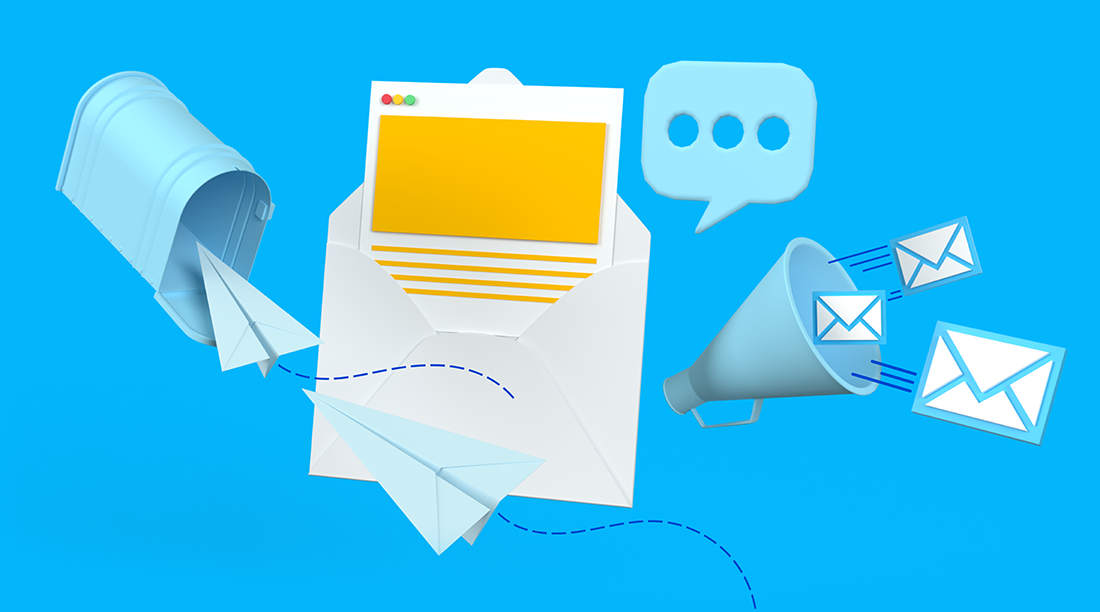An email list is one of the marketer’s most reliable of tools. Your recipients have all opted-in to be included in your communications and have all demonstrated an interest in your business.
That’s because recipients have all opted-in to be included in your communications and have all demonstrated an interest in your business.
But subscribers are fickle and lists inevitably decay over time. In fact, Marketing Sherpa found that B2B data decays at a rate of 2.1% per month—that’s almost a quarter of your email list a year!
If left unattended, inactive subscribers can have a devastating consequence on your deliverability. A poor email list can even affect the delivery to your active subscribers.
So what’s the solution? A reactivation email marketing campaign:
1) It re-energizes your unengaged subscribers and converts them into active customers and prospects again
2) It reveals the truly inactive subscribers who prove immune to reactivation. These subscribers should be removed from your list completely.
Whether you’re winning back or purging the inactive subscribers, follow the four simple steps of a reactivation email campaign and you’ll see healthy increases in your KPIs.
Four steps for an effective reactivation email campaign:
1. Define inactive
Decide how many days someone must ignore your emails to be considered inactive. 30 days? 60? This depends on how often you are sending emails and how other recipients are engaging. You know your business and subscribers best.
2. Segment your inactive subscribers to another list so they’re not receiving your regular content
Inactive subscribers will only be receiving the reactivation campaign emails. If they re-engage, they go back in the main list. If they don’t, they move further down the reactivation campaign until reaching the end, before finally being dropped.
3. Develop your reactivation emails and schedule
One email probably won’t do much good. These inactive subscribers have been immune to all the regular emails you’ve been sending. You’ll need to think personal, offer value, and stay persistent.
Four emails over a period of two weeks is a good starting point. You can test and adjust your strategy and frequency as necessary.
Your series might go something like this:
Email 1: Send an “I miss you…” email recognizing they haven’t been engaging with your newsletters lately, and asking them to re-engage (without begging, of course).
Email 2: If the first email doesn’t elicit a response, send a second one suggesting they change their preferences to get fewer emails from you. Link to your preference centre and let them choose the frequency and topics of interest.
Email 3: So emails 1 and 2 flopped, eh? Go for three and offer that inactive subscriber some kind of incentive for opening your emails again.
Email 4: Make it clear that this is a “good bye,” and it’s the last chance for them to make a move that will keep them on your list. Offer a “sneak peek” of future content that they’ll be missing out on. Otherwise, you’ve done everything you could and it’s time to cleanse their info from your list.
Need some inspiration? Check out this Pinterest board of best re-engagement emails
4. Track your email reporting
You’re never going to win them all, but that’s also part of the plan: you need to find the recipients you can’t win and drop them.
[sc name=”guide-CustomerEngagement”]
Need to chat about your mobile marketing strategy?
More than 10,000 marketers use Maropost to engage with their prospects and customers through emails, SMS, social media and more. We’re here to help you growing your business!
Chat Now